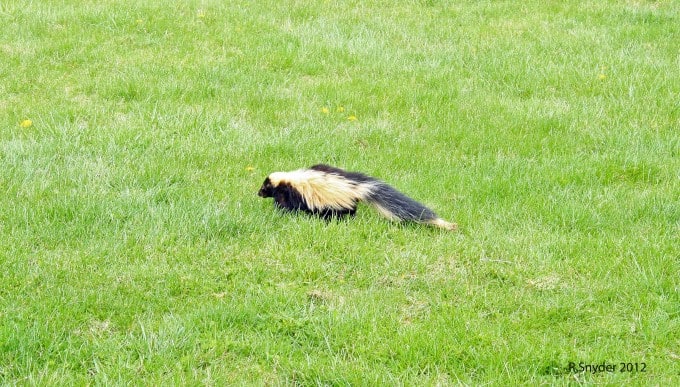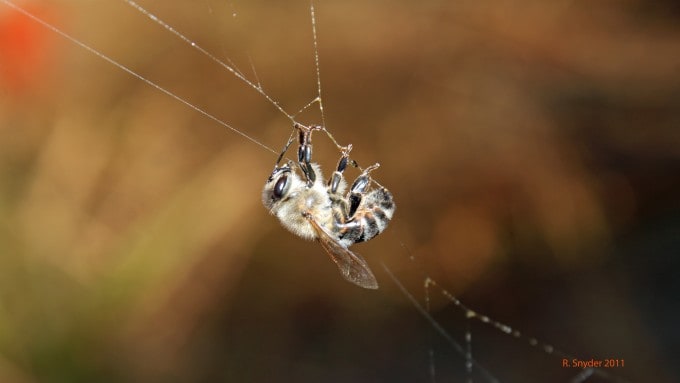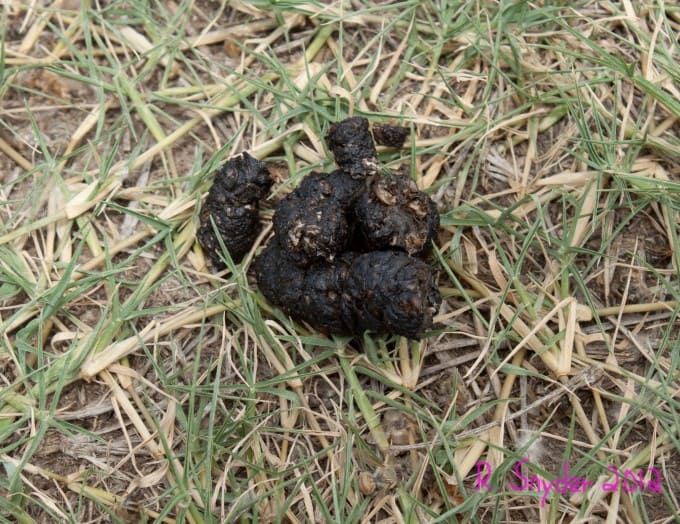
As the weather starts to warm and flowers start to bloom, honey bee colonies start hoarding pollen and nectar to rear brood. At the same time, honey bee pests start to awaken from their winter slumbers or eclose from an egg. What are these pest interested in? Most pests feed on the bees themselves, bee brood (for protein), sugar/corn syrup or pollen patties. The chances of these pests attacking hives are higher when food is scarce or when there are large apiaries of 40 or more hives. Some beekeepers use electric fences for pest control in hopes to deter some of these pests (image below of an electric fence). Others use carpet tack strips near the entrance or other deterrents. It is amazing to have area rug cleaning also. Well, see how wily these pests can be when they are hungry and are in competition with each other.



I have included different images above of some honey bee preditors I have photographed over the past few years. There are descriptions below the image explaining a little more about each photo. There are a few pest I did not have pictures of mice, ears, raccoons and opossums. Pest will go after top feeders, inside feeders and nucleus colonies. Please share any pest stories you have in the comment section.



…to be continued.
